If you’ve ever watched a crime drama, you may have noticed that members of certain gangs often sport distinctive tattoos. These tattoos serve as a visual marker of gang affiliation, but they also carry deeper meanings and symbolism. In this article with Impeccable Nest, we’ll explore the world of gang tattoo meanings, delving into the histories and subcultures behind these criminal ink designs.

The History of Gang Tattoos
Gang tattoos have been around for centuries, with some of the earliest examples dating back to the ancient societies of Egypt and Japan. However, it wasn’t until the 20th century that gang tattoos became popularized in Western culture. In the United States, gang tattoos were first seen among prison populations, where they served as a way to show solidarity and loyalty to a particular group.
Over time, gang tattoos have become more complex and meaningful, incorporating intricate designs and hidden symbolism. Today, many gangs use tattoos not only to identify themselves but also to communicate their values, beliefs, and histories.
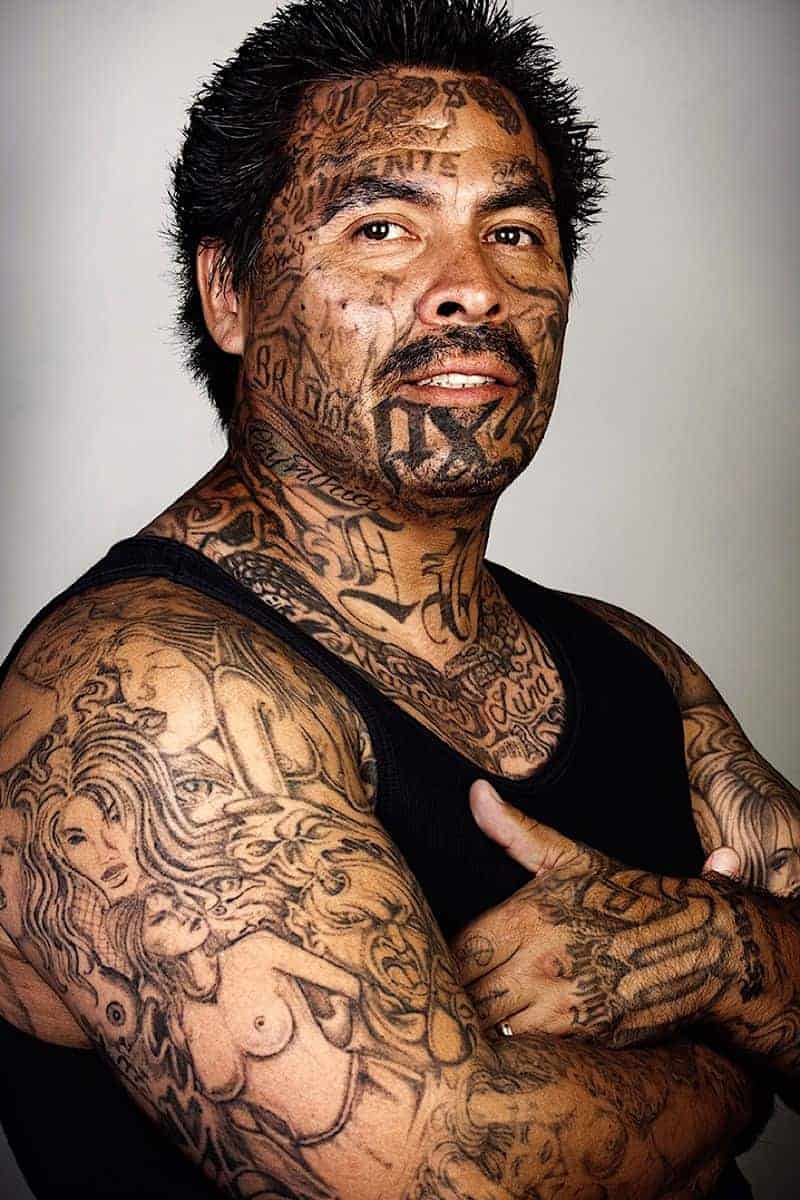
Gang Tattoo Meanings: Unlocking the Symbolism Behind
Every gang has its own unique set of symbols and meanings, which can vary depending on location, ethnicity, and other factors. However, there are some common themes and motifs that appear across different gang tattoos. Here are a few examples:
Spider Webs
Spider webs are a popular tattoo design among gang members, especially those who have been incarcerated. This tattoo is usually placed on the elbow or other joints, symbolizing the entrapment and isolation of prison life. The spider web tattoo has several meanings in the context of gangs and prisons.
Firstly, the spider web represents the confinement and restriction that inmates experience while serving time behind bars. The idea is that the prisoner is trapped like a fly in a spider’s web, unable to escape the confines of prison life. The tattoo serves as a reminder of this confinement, and how the prisoner may feel isolated from society.
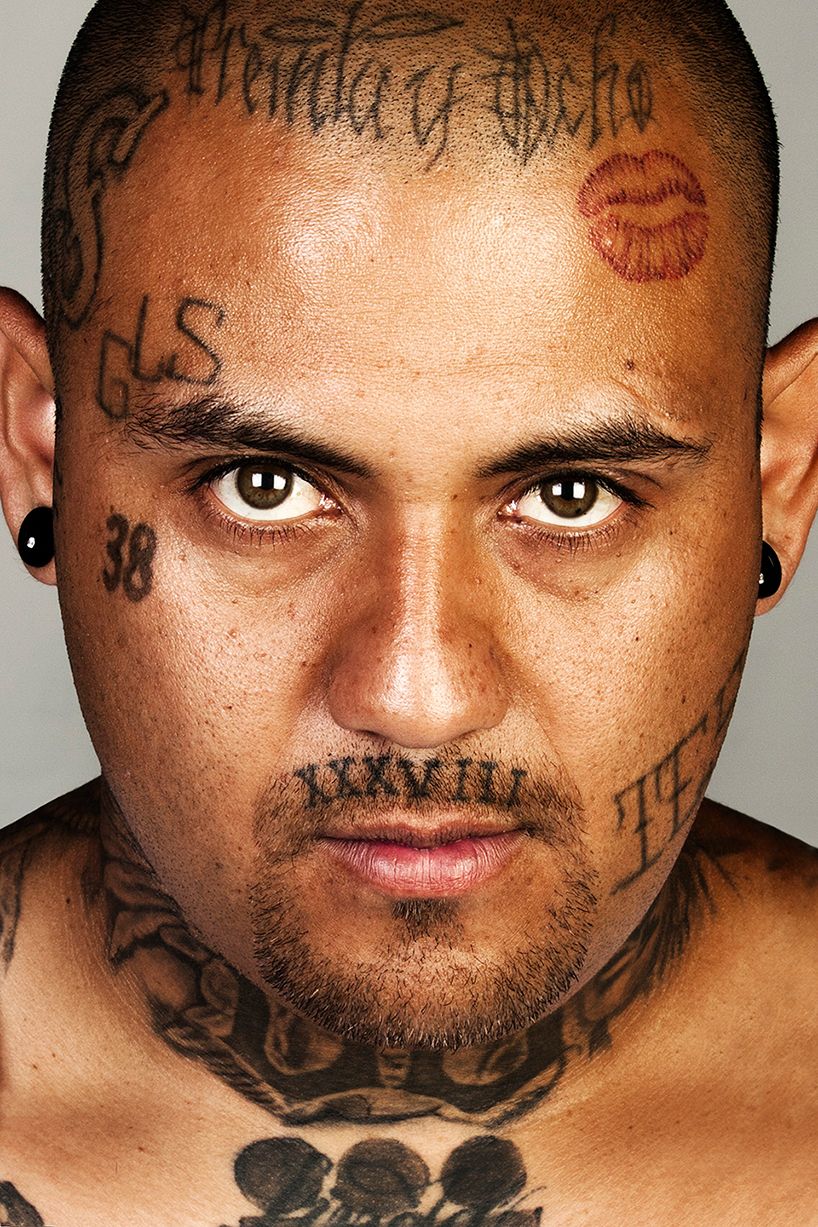
Secondly, the spider web tattoo can also symbolize a willingness to do whatever it takes to survive in prison. Gang members who get this tattoo often see themselves as predators, using their cunning and strength to outsmart and overpower other inmates. To them, the spider web represents the hunter’s trap, which they must use to catch their prey.
Finally, the spider web tattoo can also indicate an allegiance to a particular gang or group. In some cases, gang members will get matching spider web tattoos to show their loyalty to each other and their commitment to the gang’s cause. This kind of tattoo serves as a sort of badge of honor among gang members, demonstrating their toughness and willingness to stick together through thick and thin.
Three Dots
The three dots arranged in a triangular shape is a significant symbol within the culture of Hispanic gang members. It is known as the Mi Vida Loca tattoo, which translates to “my crazy life” in English. The tattoo is often used as a badge of honor among members, representing their loyalty to their gang and the tough lifestyle that they lead.
The three dots themselves have multiple meanings, depending on the context in which they are used. In some cases, they can represent the three pillars of the criminal world: drugs, guns, and money. In other instances, they can signify the blood, sweat, and tears that gang members endure during their time in the gang. Additionally, the three dots may be interpreted as a reminder to the wearer that they should hear no evil, see no evil, and speak no evil.
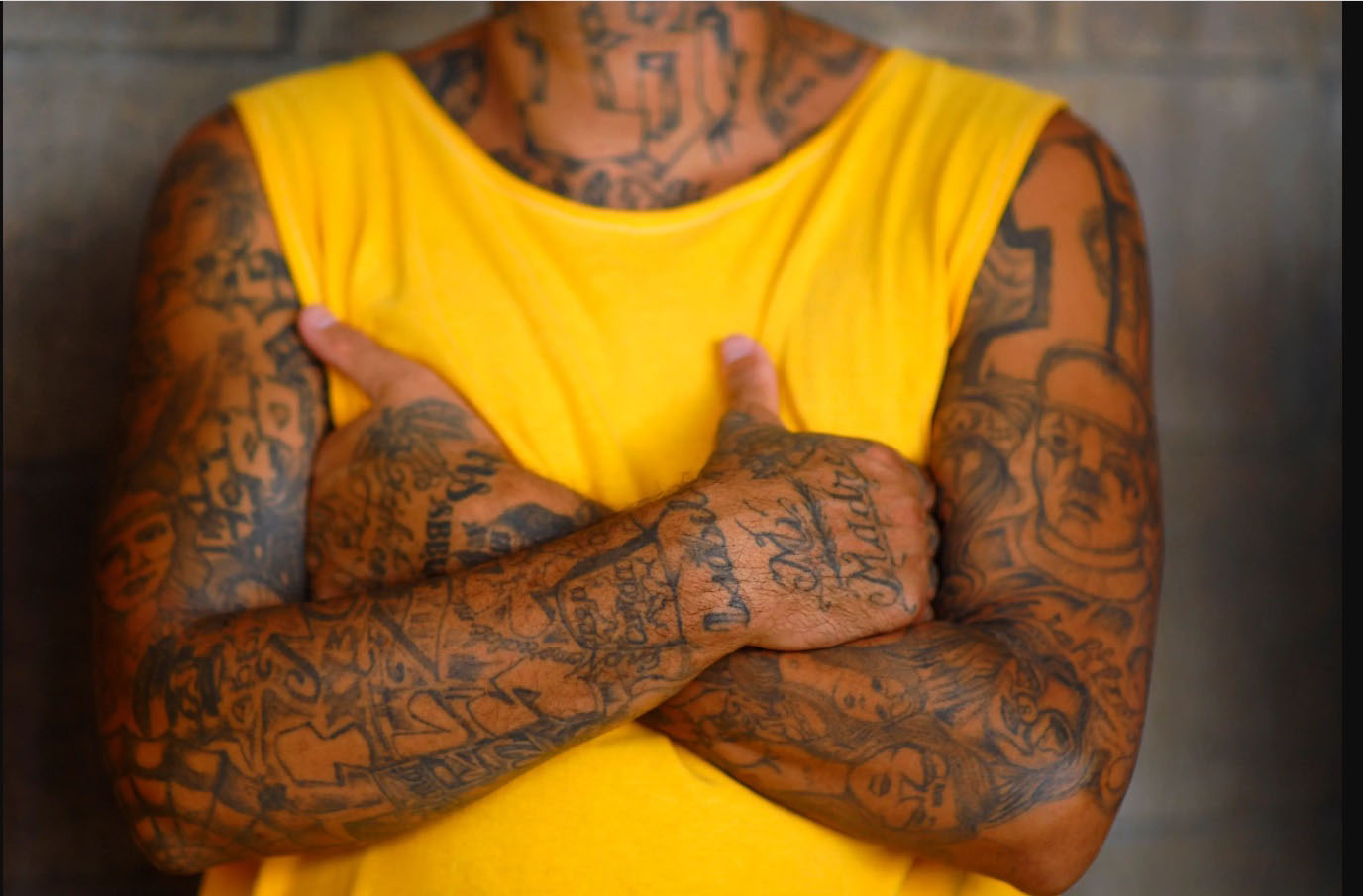
The triangle shape of the three dots is also significant. It represents the pyramids of Aztec and Mayan cultures, which were symbols of power and strength. As such, the Mi Vida Loca tattoo with its triangular arrangement of three dots is a powerful representation of the gang member’s identity and status within the gang.
Furthermore, the Mi Vida Loca tattoo is often accompanied by other gang-related imagery, such as the initials of the gang name or other symbols of the gang’s reputation. These additional tattoos serve not only to reinforce the gang member’s allegiance but also to intimidate others and assert dominance within their community.
It is important to note that while the Mi Vida Loca tattoo has become synonymous with gang culture, it is not exclusive to Hispanic gang members. Individuals from other cultural backgrounds may also use the tattoo as a form of self-expression or identification with a particular group.
Tear Drops
The association of tear drops with violence or murder is a well-known phenomenon in certain subcultures and street gangs. Tear drops, often tattooed near the eye, are used as a symbol to indicate a member’s involvement in serious criminal activity, such as murder or manslaughter. The design of the tear drop tattoo usually consists of a single teardrop placed beneath the eye, but the number of tears can vary depending on the individual’s personal history of violent acts.
In some cases, each tear represents a person that the wearer has killed, serving as a grim reminder of their immoral actions. However, it is important to note that not all people who have a tear drop tattoo have necessarily committed murder or other violent crimes. Some individuals may choose to get the tattoo as a sign of solidarity or respect for those who have gone through similar experiences.
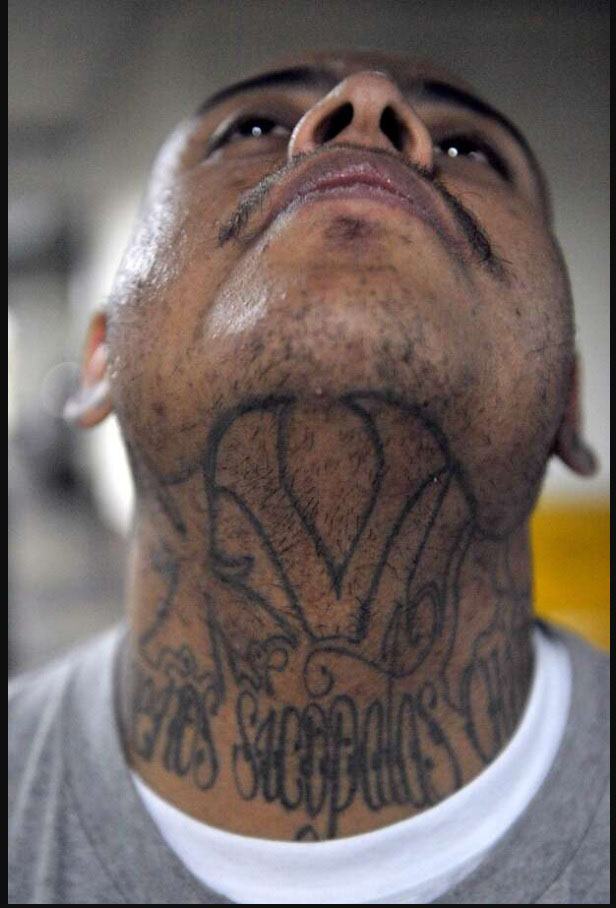
Moreover, in other contexts, the number of tears can represent the amount of time the wearer has spent in prison. This is particularly common among gang members who have been incarcerated for extended periods of time. In this case, each tear represents a year of imprisonment, and the tattoo serves as a badge of honor and a sign of toughness.
While the use of tear drops as a symbol of violence or criminal activity may seem disturbing or even offensive to some, it is important to understand the cultural and historical context that has led to its adoption. To many gang members, the tattoo represents a sense of belonging and identity in a world where they may feel marginalized or excluded. Additionally, the use of tear drops as a symbol of violence underscores the harsh realities of life in certain communities, where crime and violence may be seen as a means of survival or self-defense.
Crosses
Crosses have been a popular tattoo design for centuries, with many people choosing them as a symbol of their Christian faith or personal beliefs. However, in recent years, crosses have also become associated with white supremacist and neo-Nazi groups who use them to represent their commitment to Christian identity.
These groups often incorporate other symbols into their cross tattoos, such as swastikas or Celtic knots, to convey a sense of affiliation with a particular movement. The swastika, for example, is a well-known symbol of the Nazi party and represents their belief in Aryan supremacy. Similarly, Celtic knots are often used by white supremacists to signify their connection to European heritage and culture.
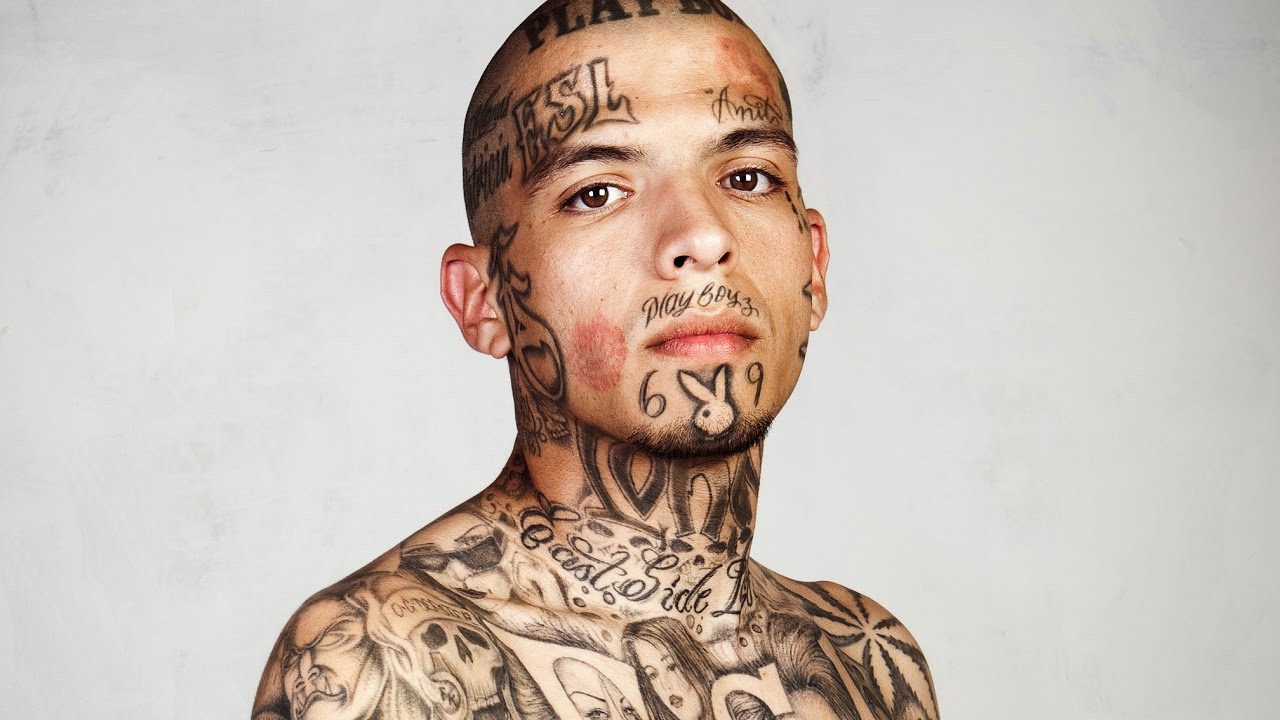
While not all individuals who choose to get a cross tattoo are members of hate groups, it is important to be aware of the associations that this symbol may carry. For those who do choose to get a cross tattoo, it is crucial to understand the historical context behind the symbol and to ensure that it does not unintentionally promote hateful ideologies.
Crowns
Crowns are a common symbol used by gang members to indicate leadership or authority within their group. The crown represents the power and control that the leader wields over the gang’s members. It is often worn on top of a bandana, hat, or other headwear to make it more visible and recognizable.
In addition to the crown itself, many gang members will adorn it with other symbols to further distinguish themselves from rival gangs. Common examples of these symbols include pitchforks, which represent the Folk Nation gang alliance, and five-pointed stars, which represent the People Nation gang alliance.
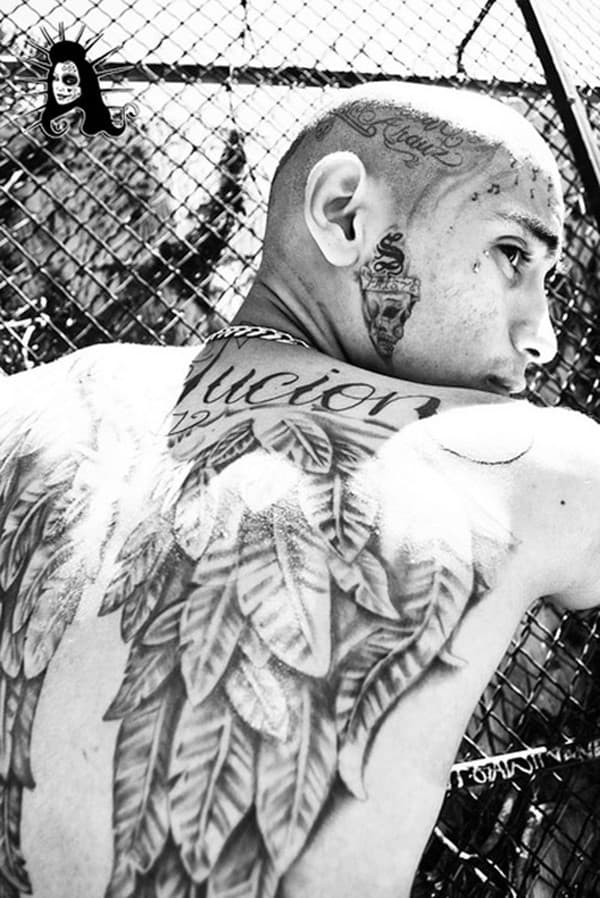
These additional symbols can help gang members identify one another at a glance, making it easier to communicate and coordinate activities. They also serve as a warning to rival gangs, signaling that the wearer is a member of a particular group and should be approached with caution.
Prison Bars or Razor Wire
Tattoos have been used as a form of expression for centuries, and they often hold deep personal meanings for the people who wear them. However, in some cases, tattoos can also serve as visible markers of a person’s involvement in criminal activities or time spent in prison.
In many prison systems around the world, tattoos are a common way for inmates to signify their affiliations with particular gangs or criminal organizations. These tattoos might feature specific symbols or phrases that represent the group, as well as other images that reflect the inmate’s individual experiences or beliefs. By wearing these tattoos, inmates can signal their loyalty to these groups and establish their place within the social hierarchy of the prison.
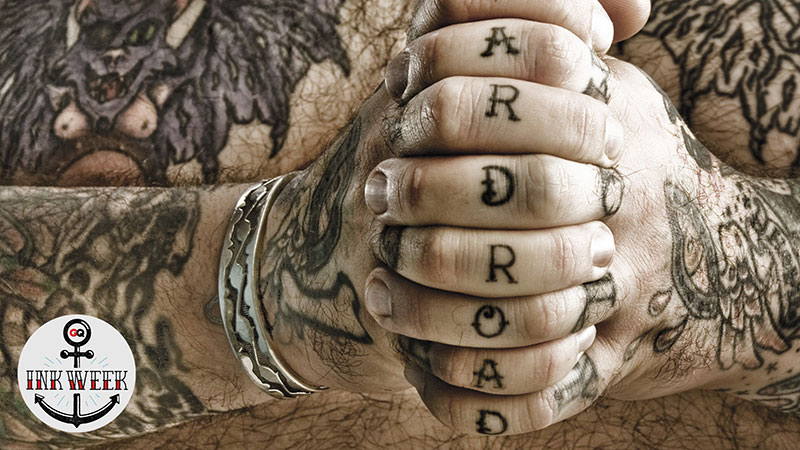
Additionally, some people may choose to get tattoos that reference their involvement in criminal activities more broadly. For example, a tattoo of a gun or knife might suggest that the person is comfortable with violence, while a skull or grim reaper tattoo could indicate a disregard for the law and authority figures. While not all people with these types of tattoos are necessarily involved in criminal activities, the association between certain designs and criminal behavior can lead others to make assumptions about their character and intentions.
It’s important to note that not all tattoos associated with the criminal justice system are negative or indicative of wrongdoing. For example, some people who have served time in prison may choose to get tattoos that reflect their experiences or offer hope for the future. These tattoos might include images of birds flying free or quotes about redemption and second chances. Similarly, some people who work in law enforcement or other related fields may choose to get tattoos that honor their profession or pay tribute to fallen colleagues.
Numerals and Letters
Gang members often use tattoos to identify themselves as members of a particular gang. These tattoos may include numbers, letters, or even symbols that represent specific affiliations, initials, or gang names. For example, the number 13 is commonly used by the Mexican Mafia or Surenos to signify their allegiance to the gang. Similarly, the letter “C” or the number 21 may be used by members of the Crips gang.
These tattoos can be very important for gang members as they serve as a visual representation of their loyalty and commitment to their gang. They can also be used to communicate messages within the gang or with rival gangs. For example, a tattoo of a teardrop under the eye may represent that the member has killed someone, while a spider web tattoo on the elbow may signify that the member has spent time in prison.
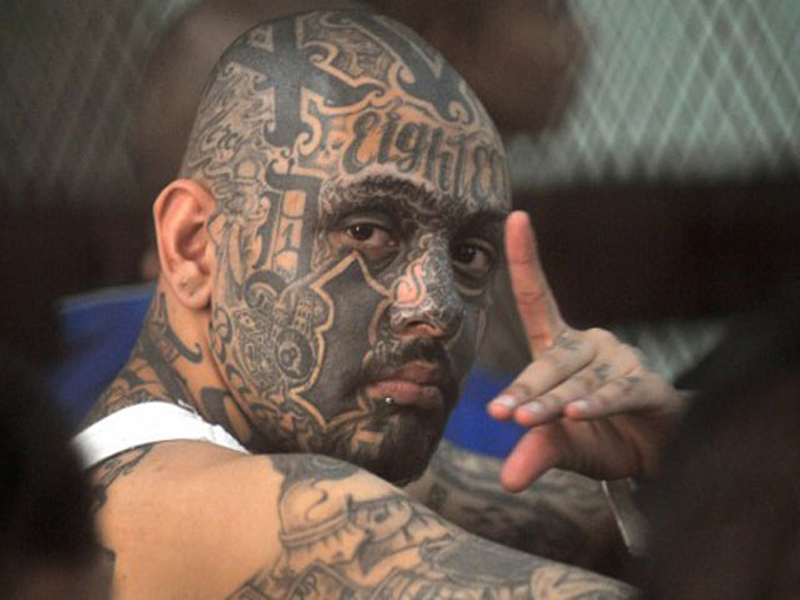
However, these tattoos can also be dangerous for gang members who want to leave the gang lifestyle behind. If they have visible gang tattoos, it can be difficult for them to find employment or escape the attention of law enforcement. In some cases, former gang members may even seek to have their tattoos removed through cosmetic procedures.
Symbols and Logos
Gangs are groups of individuals who come together based on a shared identity, typically revolving around common interests, ethnicity, or territorial boundaries. Among the various ways in which gangs identify themselves, one of the most prominent methods is through symbols, logos, or emblems that represent their group. These symbols are often displayed on clothing, jewelry, and even tattoos.
For gang members, getting a tattoo of their gang’s symbol is a powerful way to demonstrate their loyalty and commitment to the group. Tattoos serve as a form of permanent identification, indicating that the bearer is part of a particular gang and has sworn allegiance to its values, beliefs, and practices. The act of getting a gang tattoo can also be seen as a rite of passage for new members, cementing their place within the group and solidifying their bond with other members.
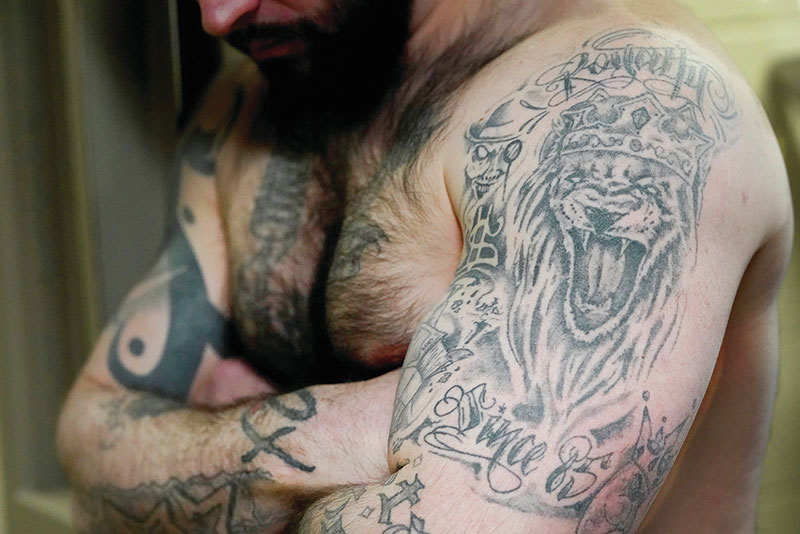
Gang symbols can take many forms, ranging from simple lettering to more complex designs that incorporate images or graphics. Some gangs use numbers or letters that represent specific phrases or codes, while others may use animals, weapons, or other objects that hold particular significance to the group. In some cases, gangs may even create their own unique symbols that are exclusive to their group, making it easier for members to recognize each other and establish a sense of belonging.
While gang symbols may serve as a means of identity and pride for members, they can also be used as a tool for intimidation and violence. Gangs may use their symbols to mark territory or send threatening messages to rival groups, using them as a way to assert dominance and control over their surroundings. This can lead to conflicts between gangs, as well as dangerous situations for innocent bystanders who may unwittingly find themselves in the midst of a turf war.
Risks of Getting Gang Tattoos
Getting a gang tattoo is a serious decision that can have significant consequences. One of the most immediate dangers is that it associates you with a criminal organization. This can lead to law enforcement scrutiny, which can have legal, financial, and personal repercussions. Additionally, it can put your safety at risk. If you’re not an actual member of the gang but get a tattoo associated with them, you could be seen as a threat by rival gangs.
Furthermore, getting a gang tattoo can have long-lasting effects on your life. Once you have a gang tattoo, it can be challenging to leave that lifestyle behind. The tattoo serves as a constant reminder of your association with the gang, making it difficult to distance yourself from their activities. This can also make it harder to find employment, housing, and other opportunities. Many employers and landlords are reluctant to hire or rent to individuals with visible gang tattoos, which can limit your options and opportunities for advancement.
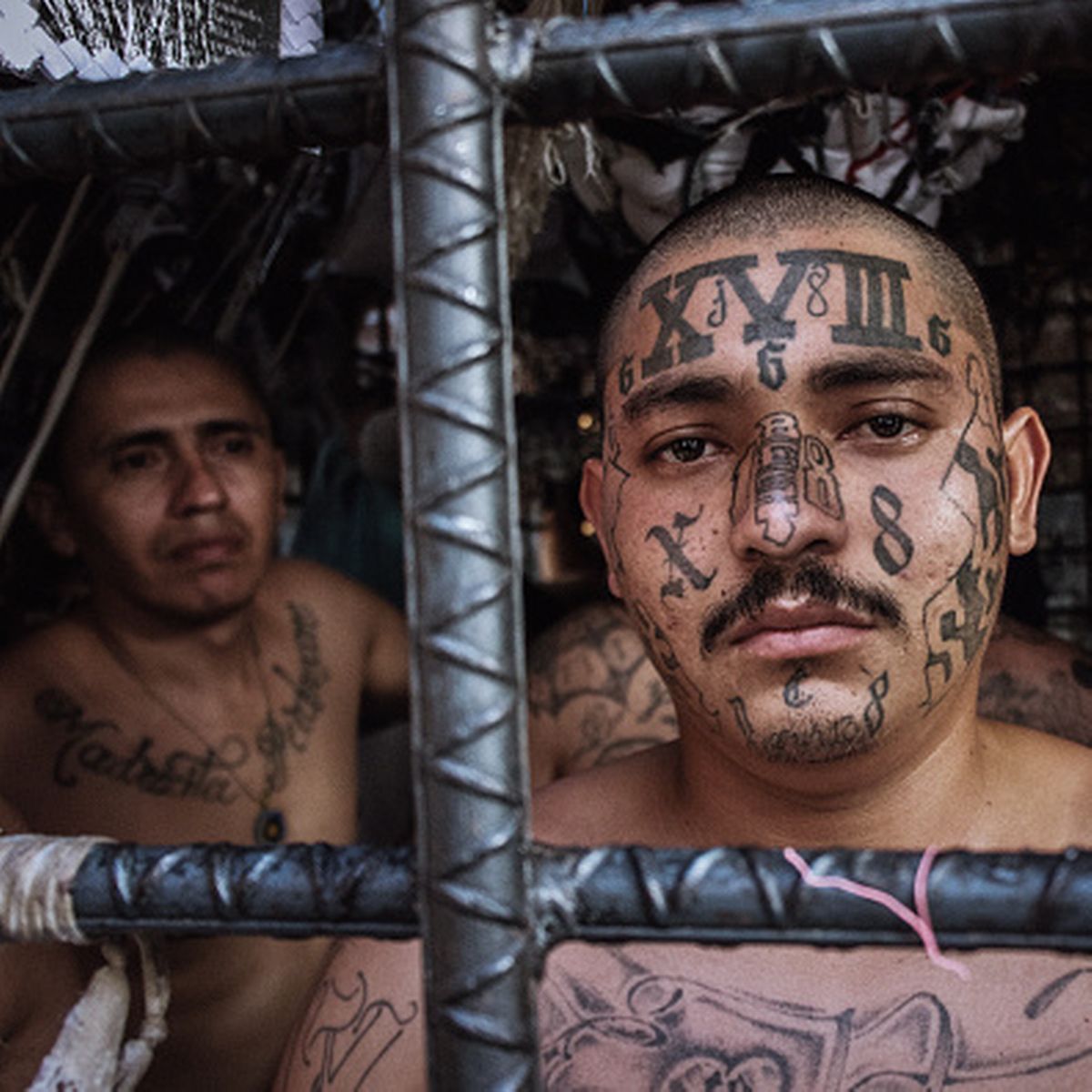
Moreover, leaving a gang or even expressing a desire to leave can be extremely dangerous. Gangs operate on a system of loyalty and trust, and leaving the gang is often viewed as a betrayal. Members who attempt to leave or speak out against the gang may face violent retaliation, including physical harm to themselves or their loved ones.
Conclusion
While some may see gang tattoos as nothing more than body art, those who understand their significance know that they carry a lot of hidden messages and meanings. From religious imagery to prison codes, these tattoos can reveal a lot about a person’s past and present affiliations.
Before getting a tattoo, it’s important to consider the potential implications and to make an informed decision. For those who already havegang tattoos, it’s important to understand the meaning behind them and to be aware of the potential dangers associated with displaying these symbols.
Stay safe and informed, and remember that tattoos should always be a personal expression of yourself and not an attempt to fit in with a particular group or culture.

I am Harvey Berry, a tattoo enthusiast who has immersed himself in the diverse world of ink, passionately exploring the beauty and artistry within each tattoo. My mission extends beyond uncovering the aesthetics of tattooing; it involves sharing in-depth knowledge across all aspects of this art form.
Fueled by genuine curiosity and love for every facet of tattooing, I have diligently crafted well-researched articles, with a special focus on the Tattoo Meaning of Impeccable Nest section. Here, my aim is to help the tattoo community gain a deeper understanding of the meanings and values embedded in each tattoo.
One of my primary goals is to encourage responsible decision-making when it comes to getting inked. I recognize that choosing to get a tattoo is a significant personal decision that requires careful consideration. Hence, I provide diverse resources covering the meaning of tattoos, the tattooing process, aftercare tips, and other valuable information.
Whether you are a seasoned tattoo enthusiast or embarking on your first exploration of the world of body art, I aspire to be a reliable resource for you at every step of your journey. I hope that my extensive knowledge of tattoos, especially in the Tattoo Meaning section, will assist you in finding inspiration to express yourself through the art of tattoos.
